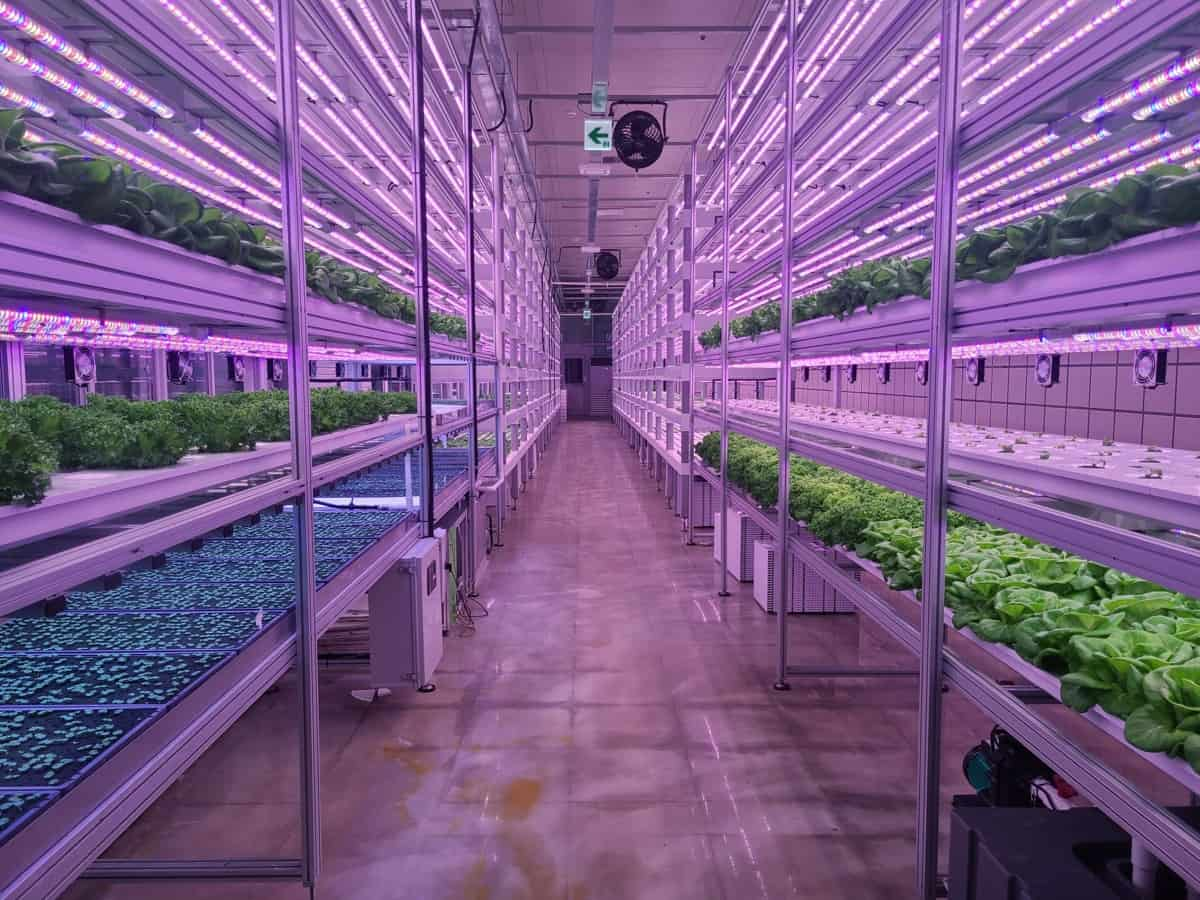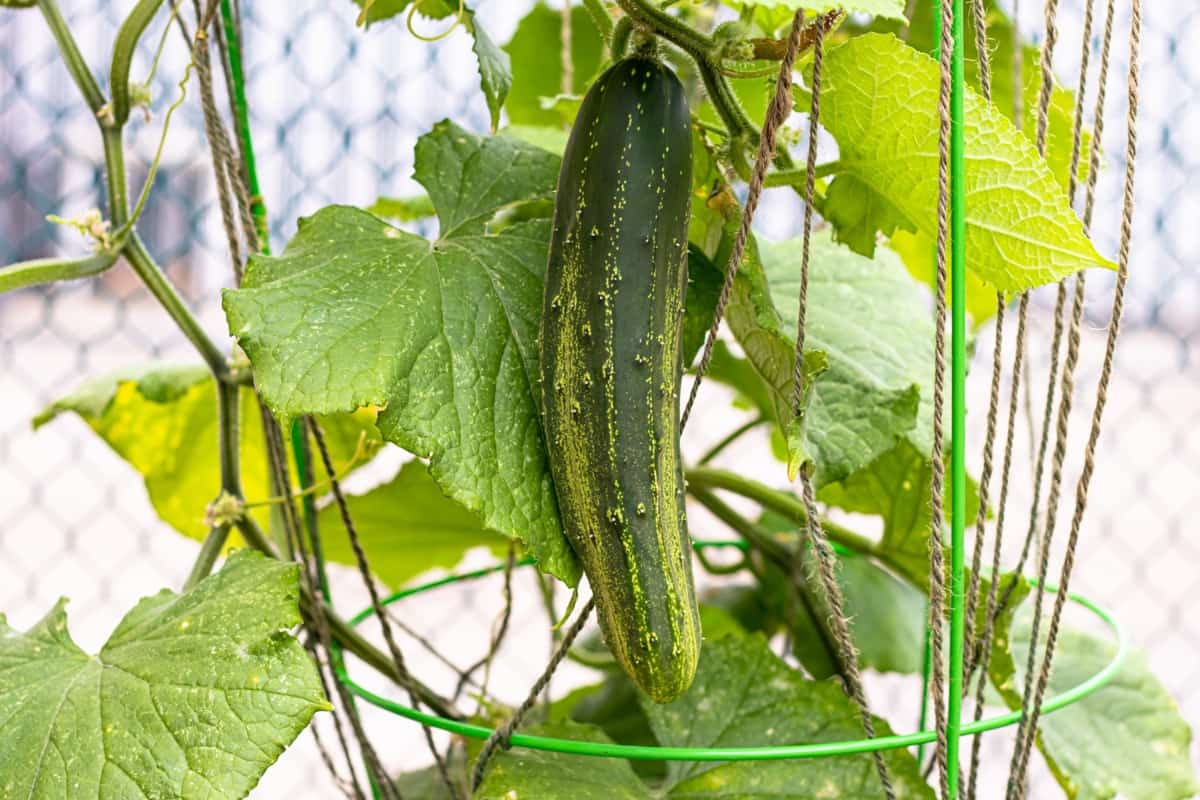As a growing trend in home gardening, more and more people are considering growing their vegetables to save money, improve their health, and enjoy fresh produce from their backyard. Vegetable gardens can be created in any size, shape, and style, from small containers to large raised beds. This article discusses DIY vegetable garden ideas that can help you quickly establish a beautiful and productive garden.
Top 8 DIY vegetable garden idea
Vertical gardens
Vertical gardens are a great option for people with limited space, as they allow you to grow vegetables upright, freeing up space on the ground. You can create a vertical garden using various materials, including wooden pallets, PVC pipes, or wire mesh, and then fill it with soil or compost. Vertical gardens are perfect for growing vining vegetables like tomatoes, beans, and cucumbers, as well as herbs and small-leafed greens like lettuce and spinach.

Raised beds
Raised beds are a popular and versatile option for vegetable gardening, as they allow you to plant many vegetables in a small space. These beds can be made of various materials, including wood, bricks, or stones, and can be filled with soil or compost to provide the perfect growing conditions for your vegetables. Raised beds are easy to maintain and are perfect for people who want to avoid soil-borne pests and diseases.
Wall gardens
In addition to being a space-saving option, wall gardening also provides many benefits for your plants. By growing your plants vertically, you can improve the growth and yield of your vegetables, as they have access to more light and air. Wall gardens also allow you to control the growing conditions of your plants, as you can protect them from extreme weather conditions and pests.
Wall gardens can add visual appeal to your garden by creating a distinctive and beautiful element. Whether you want to grow herbs for your kitchen or create a beautiful wall of flowers, wall gardening is a versatile and fun option for anyone looking to start a vegetable garden.
Container gardens
Container gardens are a great option for people who live in apartments or have limited outdoor space. You can choose from various containers, including pots, barrels, or raised beds, and plant vegetables that are well-suited to growing in containers. Container gardens are easy to maintain and can be moved around to follow the sun or to protect your plants from extreme weather conditions.
In case you missed it: How to Grow Yellow Cucumber (Dosakaya) in Home Garden: Pots, Backayrd, and Terrace

Square foot gardening
Square-foot gardening is a popular and easy-to-follow method that involves dividing your garden into square-foot sections and planting different vegetables in each section. This method is perfect for people who want to grow a variety of vegetables in a small space, as it maximizes space and helps you keep track of your garden’s progress. Square foot gardening also eliminates the need for pathways, making it a great option for people who want to maximize the amount of space available for planting.
Keyhole gardens
In a keyhole garden, a compost bin is placed in the middle of a circular raised bed. The compost bin is surrounded by a circular bed filled with soil and planted with vegetables, herbs, and other plants. The compost bin provides nutrients to the surrounding plants, making the keyhole garden self-sustaining. The compost bin also stores kitchen and yard waste, allowing it to decompose and fertilize the plants.
The keyhole garden’s design helps conserve water, as the compost bin acts as a moisture retention system, reducing the need for frequent watering. Keyhole gardens are a popular option for people who want to grow their food sustainably and eco-friendly, as they are made from recycled materials and use compost to fertilize the plants.
Companion planting
Companion planting is a method of growing vegetables that involves planting different vegetables together that complement each other. For example, planting tomatoes and basil together can help improve both plants’ growth and flavor. Companion planting can help you maximize the space in your garden, provide natural pest control and improve soil health.
Trellis gardening
Trellis gardening is a great option for people who want to grow vegetables in a small space, as it allows you to grow vegetables vertically. You can create a trellis using various materials, including bamboo, wood, or wire mesh, and then plant vining vegetables like tomatoes, beans, and cucumbers. Trellis gardening saves space and makes harvesting easier, as all your vegetables are easily accessible.
In case you missed it: How to Start Container Terrace Garden: DIY, in Simple Steps from Scratch

Frequently Asked Questions on DIY vegetable garden ideas (FAQ)
What are some cheap vegetable garden ideas?
Creating a vegetable garden doesn’t have to be expensive. Many cheap, easy-to-implement ideas can help you start your garden without breaking the bank. One of the most budget-friendly options is to start a container garden. You can use pots, barrels, or other household containers to grow your vegetables. Another cheap vegetable garden idea is to grow vegetables from scraps.
Simply place the scraps in a water bowl and wait for the roots to grow. It’s possible to grow food from waste by planting them in soil and letting them grow roots. Another budget-friendly option is to grow vegetables from seeds, which are often cheaper than purchasing seedlings or established plants. You can find seeds at your local garden center or online and trade seeds with friends or family to save money.
How do I lay out my vegetable garden?
Vegetables of varying heights should be planted in a spaced pattern, with the tallest plants in the rear of the bed, the medium-height plants in the center, and the smallest plants at the front or as a border. Planting pollinator flowers is good if you want a greater crop and fewer pests. If this is not your first garden, consider where you planted your vegetables last year and switch them up to a new spot this time around to reduce the risk of disease and keep plant-eating pests from overwintering in the soil.
Conclusion
In conclusion, individuals who wish to grow their food and get the advantages of fresh, healthy produce have a lot of possibilities thanks to the list of top DIY vegetable garden ideas. Whether you have a small balcony, a large backyard, or a plot of land, you can find a vegetable garden design that works for you.
- Feed Your Flock for Less: Top 10 Tips to Save on Chicken Feed
- Ultimate Guide to Ossabaw Island Hog: Breeding, Raising, Diet, and Care
- Hatching Answers: The Top 10 Reasons Your Chickens Aren’t Laying Eggs
- Eggs and Economics: Breaking Down the Cost of Raising Backyard Chickens
- Defend Your Greens: Proven Methods to Keep Iguanas Out of Your Garden
- Ultimate Guide to Cinnamon Queen Chicken: A Comprehensive Guide for Beginners
- Ultimate Guide to California Tan Chicken: Breeding, Raising, Diet, Egg-Production and Care
- Ultimate Guide to Marsh Daisy Chicken: Breeding, Raising, Diet, and Care
- 10 Types of Chicken Farming Businesses You Can Start for Profits